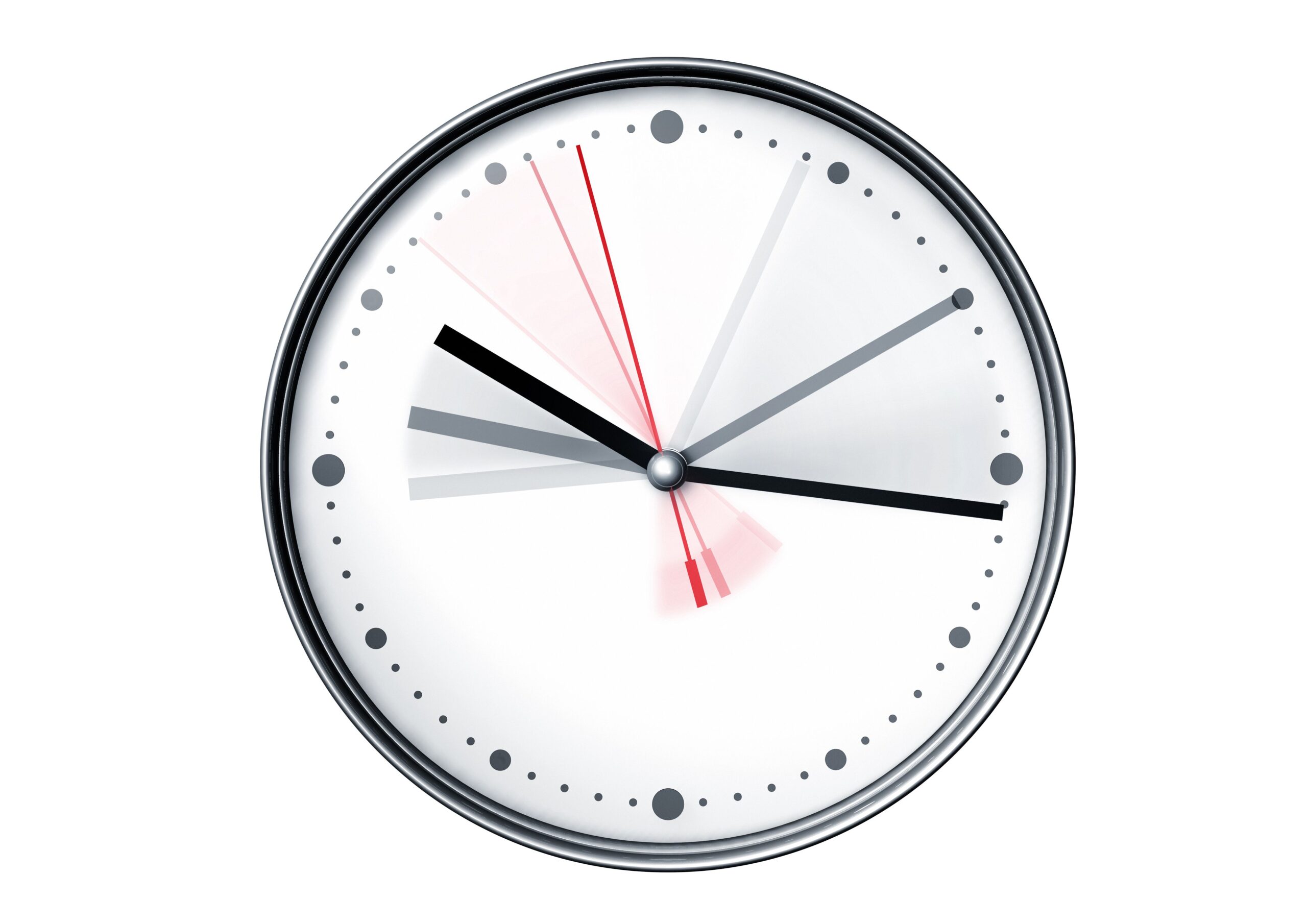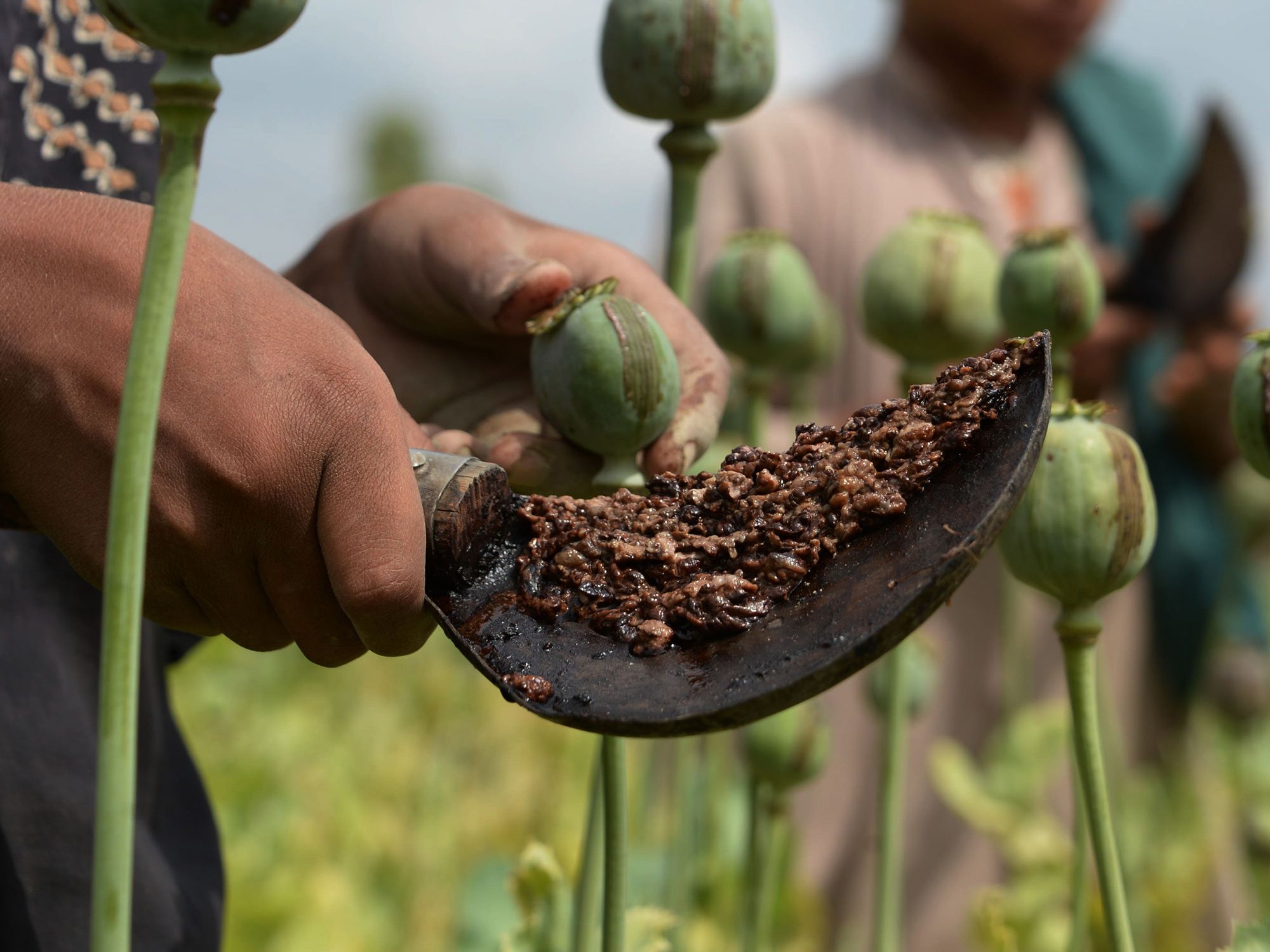Step-by-Step Guide to Making Your Own DIY Blush at Home: Natural, Customizable, and Safe
Introduction: Why Make Your Own DIY Blush?
Crafting your own blush at home empowers you to control what goes on your skin, avoid synthetic ingredients, save money, and personalize shades to perfectly suit your complexion. Many commercial blushes contain additives, artificial colors, or fragrances that some users may wish to avoid. DIY blush enables you to select natural, skin-friendly components while experimenting with color intensity and finish. This guide gives you clear, step-by-step methods for both powder and cream blushes, using ingredients that are easy to find and adaptable to your needs.
Choosing Your DIY Blush Formula: Powder or Cream?
There are two main types of blush you can make at home: powder and cream . Powder blush is ideal for oily or combination skin, offers a matte or subtle shimmer finish, and is easy to apply and blend. Cream blush provides a dewy, long-lasting finish, is great for dry or mature skin, and can be layered for intensity. The choice depends on your skin type, desired finish, and available ingredients.
Essential Ingredients for DIY Blush
The key to safe, effective homemade blush is using natural, skin-safe ingredients:

Source: behance.net
- Mica powder: Offers a wide range of natural colors and shimmer. Ensure it is cosmetic-grade and ethically sourced.
- Cocoa powder: Adds a warm, bronzy tone and can deepen pinks or reds. Choose unsweetened, pure cocoa for best results.
- Arrowroot powder or cornstarch: Serve as the base for powder blush, helping the mixture adhere to skin and blend smoothly.
- Kaolin clay: An alternative to arrowroot or cornstarch for a matte finish; gentle on sensitive skin.
- Shea butter, aloe vera gel, or natural lotion: Used as the moisturizing base for cream blushes.
- Rose petals: For a completely natural and botanical approach, fresh or dried rose petals can be combined with starch for blush pigment [1] .
How to Make DIY Powder Blush: Step-by-Step
Powder blush is simple to make, customizable, and requires minimal equipment. Here are three tried-and-true recipes, each of which can be adjusted for your preferred shade:
Recipe 1: Pure Pink Blush
- Mix 1 tablespoon of rose mica powder with 1 tablespoon of kaolin clay or arrowroot powder.
- Blend thoroughly until the color is even. Adjust the ratio based on desired intensity or shimmer.
- Store in a clean, dry tin or small jar. Use a blush brush to apply to cheeks.
Recipe 2: Pink with a Bronze Touch
- Combine 2 teaspoons rose mica powder, 2 teaspoons cacao powder, and 1 tablespoon kaolin clay or arrowroot powder.
- Mix until smooth and uniform. Test on your skin and adjust ratios for a warmer or cooler tone.
- Store and apply as with the first recipe.
Recipe 3: Sun-Kissed Blush
- Mix 2 teaspoons cacao powder, 1.5 teaspoons rose mica powder, and 2 teaspoons kaolin clay or arrowroot powder.
- Blend thoroughly for a bronzy-pink glow that flatters many skin tones.
All of these recipes can be further customized by adjusting the amount of mica or cocoa powder to create your perfect shade [2] .
How to Make DIY Cream Blush: Step-by-Step
Cream blushes require a few extra steps but deliver a rich, blendable finish. Here is a basic method:
- Simple Version: Mix 1 tablespoon of natural lotion with 1-2 teaspoons of mineral or mica powder (and cocoa powder if desired) until smooth. Adjust for color and consistency.
-
Advanced Version:
- Melt 1 teaspoon shea butter and ½ teaspoon emulsifying wax in a double boiler.
- Add 1 tablespoon aloe vera gel gradually, whisking until smooth and fully incorporated.
- Remove from heat and slowly add colorants (mica or cocoa powder) until you achieve the desired shade.
- Test the color by swatching on your skin, then transfer to a small container and let cool [3] .
Cream blush can be applied with clean fingers or a synthetic brush. It blends easily and offers a natural finish that can be built up as needed.
Making Blush from Fresh or Dried Botanicals
For those seeking a plant-based, minimalist approach, you can create blush using fresh rose petals and cornstarch :
- Gather dark pink or red rose petals (organic and pesticide-free are recommended).
- Grind petals with a small amount of cornstarch in a mortar and pestle until smooth and evenly colored.
- If using fresh petals, the mixture will be moist. Spread it on a baking sheet and dry in an oven preheated to 120°F (50°C), then turned off, for about two hours. This helps retain the blush’s pink color and prevents browning.
- Once dry and crumbly, store in a clean container and apply with a brush [1] .
Experiment with different flower petal colors to find unique shades. Note that dried petals are harder to grind finely, so fresh petals may produce a smoother powder.
Customizing Shade and Finish: Tips from Cosmetic Experts
DIY blush is highly customizable. You can adjust the ratio of colorant to base for more or less intensity, blend in other natural pigments (like beetroot powder for a deeper pink or turmeric for a golden glow), and swap between matte and shimmery bases. Cosmetic chemists suggest always starting with less pigment and building up, as homemade blushes can be surprisingly vibrant [2] , [3] .
Application Tips and Storage Guidance
Apply powder blush using a clean, fluffy brush on moisturized skin for best results. Cream blush can be dabbed on with fingers or a stippling brush and blended. Always test homemade products on a small patch of skin to watch for irritation. Store your blush in a cool, dry place in an airtight container. Use clean tools to prevent contamination and discard if color, odor, or texture changes.

Source: pond5.com
Troubleshooting and Common Challenges
If your DIY blush is too dark, blend in more base powder (arrowroot, cornstarch, or clay). If too light, add more colorant. For a crumbly powder, sift the mixture or re-blend for a finer texture. If cream blush separates, re-melt and whisk thoroughly. Always document your ingredient ratios for repeatability.
Alternatives and Further Resources
If you prefer ready-made options or want to explore more advanced DIY recipes, you can search for reputable natural beauty brands or consult cosmetic chemistry resources. When sourcing mica powder or mineral pigments, look for suppliers who provide safety and sourcing information. For additional tutorials, verified beauty websites and professional cosmetics educators, such as those on YouTube and TikTok, offer visual step-by-step guides-always ensure the creators demonstrate ingredient safety and proper technique [5] .
Summary and Next Steps
Making DIY blush is a creative, cost-effective way to personalize your makeup routine and reduce exposure to unwanted additives. With just a few natural ingredients, you can craft powder or cream blushes tailored to your preferences and skin type. Always patch-test, use clean tools, and store products safely. For more advanced projects, consider researching cosmetic formulation and ingredient sourcing through reputable beauty education channels or industry authorities.



